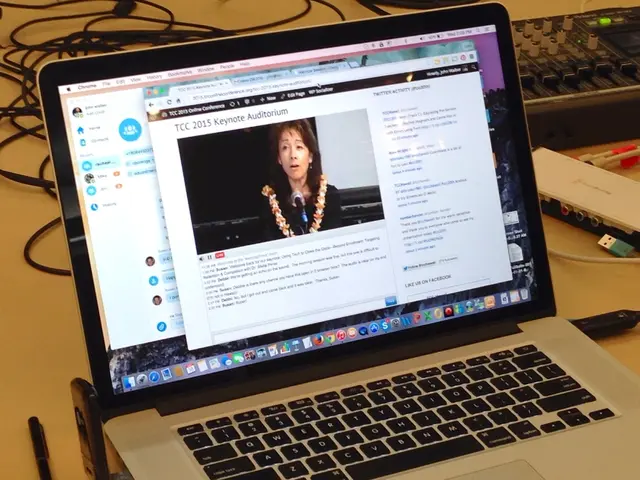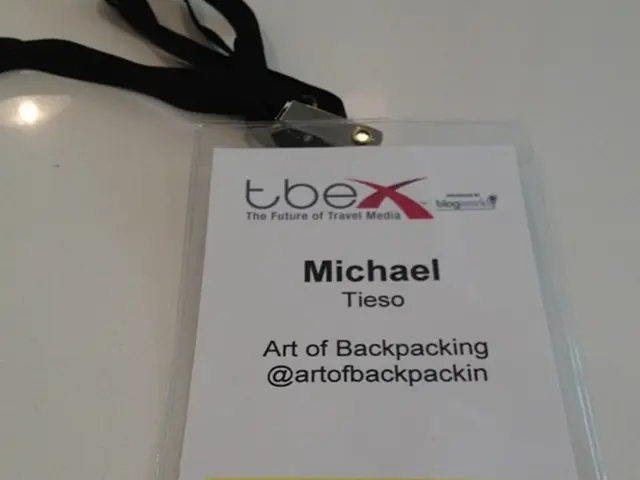Optimizing Predictive Maintenance with AI and Machine Learning in Condition-Based Systems
Manufacturing business veterans know their machines - the assembly robots, CNC machines, and conveyor belts - hold the key to a successful and profitable enterprise. A single flaw in these assets, a short spell of downtime, can set a business back significantly.
Yet, many manufacturers neglect investing in modern asset management strategies and innovative techniques. An example of this is condition-based maintenance (CBM), where manufacturers may not fully utilize the data available to them, resulting in missed opportunities for productivity gains.
With AI, manufacturers can take their CBM practices to the next level, using data from their factories to significantly cut down on equipment failures.
Condition-Based Maintenance (CBM)
Many manufacturers adopt CBM as part of their broader asset management strategy without even realizing it. CBM is a preventative maintenance approach focused on continuously monitoring assets and determining when repairs are necessary. The discipline has evolved significantly with the advent of IoT technologies, like remote sensors, which collect essential data points such as temperature, vibration, current, torque, and humidity[2]. This eliminates the need for older maintenance practices such as predetermined inspections or run-to-failure[3]. The results can extend the useful life of the asset, reduce maintenance costs, and help avert failures and downtime.
CBM and Machine Learning
The data generated by CBM is infinitely more valuable when combined with machine learning, a form of AI adept at recognizing anomalies and spotting asset problems before they lead to failures[2]. Technicians alone cannot parse all this data collected in real-time accurately[4].
Condition-based maintenance also involves measuring elements like heat, vibration, and other qualities of assets. Techniques like infrared thermography capture real-time temperatures of motors, bearings, fluids, and other components[2]. Vibration monitoring checks the vibration frequencies of pumps and motors, while oil analysis examines the viscosity and acidity of an engine or gearbox's lubrication. Other common CBM techniques include ultrasonic, pressure, and electrical analysis.
A CBM practice without AI might only alert technicians when an asset exceeds acceptable temperature limits or exhibits unusual vibration patterns[3]. Machine learning takes it a step further, unearthing issues based on even the smallest deviations. AI can pinpoint problems with motors, bearings, and other components well before they overheat, misalign, or run dry[3].
CBM and Generative AI
Generative AI, a new category of AI technology, can be integrated into CBM strategies for productivity improvements. Generative AI aids in the maintenance process, where technicians must often perform hands-on jobs such as realigning gears, fixing air compressors, and mending faulty circuits[5]. Historically, this has been a process plagued by paperwork, requiring technicians to diagnose issues, research failure codes, create and fill out work orders, and navigate them all to completion[5].
Generative AI can dramatically decrease the time spent on such administrative tasks. AI systems trained on past maintenance data can generate failure code recommendations alongside a confidence score, potentially assisting technicians in diagnosing machine issues quickly[5]. The data required to train these models isn't extensive – in some cases, AI systems can be taught with as few as a handful of inputs. Generative AI can also simplify lengthy or technical documents and guide work orders through complicated approval processes autonomously[5].
Generative AI systems can also be employed for failure mode effects analysis (FMEA). These AI systems are specifically designed for specific asset classes, offering customized, automated, and intelligent analysis of assets and each of their components[5]. They can be a valuable partner to reliability engineers, quickening their projects from months to days[5].
CBM and Agentic AI
An emerging trend is "agentic AI," a type of generative AI with the ability to execute tasks autonomously over complex workflows in a proactive manner[6]. Agentic AI surpasses machine learning anomaly detection and doesn't require human input like most genai chatbots. Instead, it operates independently, continuously analyzing complex workflows across and between asset classes to create proactive insights and make targeted recommendations. These AI agents even have the capacity to take action on their own, given human authorization[6].
The potential for AI in CBM is not mere theory. At my company, IBM, we teamed up with Swedish brewing giant Spendrups Bryggeri and their 80-member maintenance team to integrate AI with CBM, fostering significantly more efficient and cost-effective maintenance practices[6]. Of course, CBM is just one component of a wider asset management strategy, encompassing AI with reliability-centered maintenance, predictive maintenance, and asset lifecycle management at large[6].
[1] https://www.researchgate.net/publication/318365125_Potential_Effects_of_Condition-Based_Maintenance-Reliability-Centered_Maintenance_and_Predictive_Maintenance_on_Equipment_Reliability_and_Productivity
[2] https://www.siemens.com/innovation/en/home/innovation/trends/digital-transformation/condition-based-maintenance.html
[3] https://www.abrics.com/assets/library/Products_Services/AEM/Condition_Based_Maintenance.pdf
[4] https://www.destek.com/en/blog/benefits-and-limitations-of-machine-learning-in-predictive-maintenance-pm
[5] https://www.unilever.com/media/newsledgers/generative-ai--a-future-powered-by-prediction-and-preparation
[6] https://www.ibm.com/business-blogs/blog/2022/04/imagine-practical-use-cases-for-generative-ai-in-business/
From detecting anomalies and predicting maintenance needs to optimizing schedules and ensuring proactive measures, AI in CBM reduces the risk of equipment failures, improves operational efficiency, and ultimately contributes to the overall success and profitability of manufacturing businesses.
In the realm of manufacturing, the integration of Artificial Intelligence (AI) with Condition-Based Maintenance (CBM) can lead to significant productivity gains by detecting anomalies, predicting maintenance needs, and optimizing schedules, thereby reducing equipment failures, improving operational efficiency, and ultimately contributing to the overall success and profitability of the industry.
Moreover, Agentic AI, a type of generative AI, can autonomously execute tasks across and between asset classes, proactively analyzing complex workflows to create insights and make targeted recommendations, potentially saving manufacturers time, resources, and preventing costly downtime.








